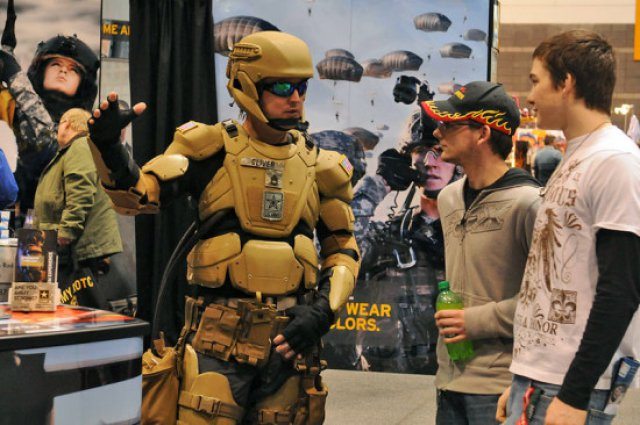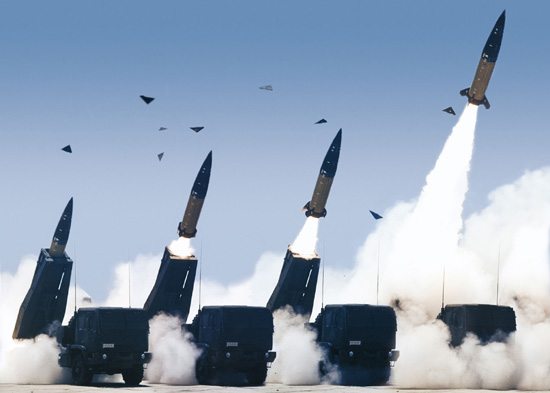U.S. Special Operations Command wants its operators to be protected with what it informally calls an Iron Man suit, named after the fictional superhero.
In September, U.S. Special Operations Command, known as SOCOM, made a Broad Agency Announcement for proposals for prototypes of the Tactical Assault Light Operator Suit, or TALOS.
The goal of TALOS is to provide ballistic protection to Special Operations Forces, along with fire-retardant capability, said Michel Fieldson, TALOS lead, SOCOM.
“We sometimes refer to it as the Iron Man suit, frankly to attract the attention, imagination and excitement of industry and academia,” he said.
“We’re hoping to take products we’re developing in several technology areas and integrating them into a consolidated suit to provide more protection for the [Special Operations Forces].”
Other technologies include sensors, communications, energy and material that can store and release energy to prevent injuries and increase performance.
Materials that can store and release energy might be similar to the Intrepid Dynamic Exoskeletal Orthosis, now used by some wounded warriors for lower leg limb injuries.
So TALOS would be something that wounded warriors might benefit from, he said.
Besides wounded warriors, Fieldson said Homeland Security and firefighters have expressed an interest in this technology. Also, it might eventually become available for other Soldiers.
“Our goal right now is to try to get the word out and bring industry partners together,” he said, since the technologies that will go into its development are varied and it is unlikely one contractor would be able to specialize in the entire ensemble.
The traditional approach, he said, was to pick a prime contractor, usually a traditional defense partner, give them the design requirements and let them come up with the solution. That would take a long time, he noted.
“In this case, the government will be the lead integrator and we’ll look to work with traditional or non-traditional partners in industry and academia who are innovative,” he said. “We’ll leave no stone unturned.”
The goal, he said, is to begin integrating capabilities over the next 12 months and have the first suit ready for full field testing in four to five years.
Fieldson thinks TALOS will become a reality because “it protects the warfighters and has the backing of SOCOM’s commander, Adm. William H. McRaven.
“I’m very committed to this,” McRaven said to industry representatives at a TALOS demonstration, July 8, 2013 in Tampa, Fla. “I’d like that last operator that we lost to be the last one we ever lose in this fight or the fight of the future; and I think we can get there.
“I’m committed to this,” he continued. “At the end of the day, I need you and industry to figure out how you are going to partner with each other to do something that’s right for America.”











